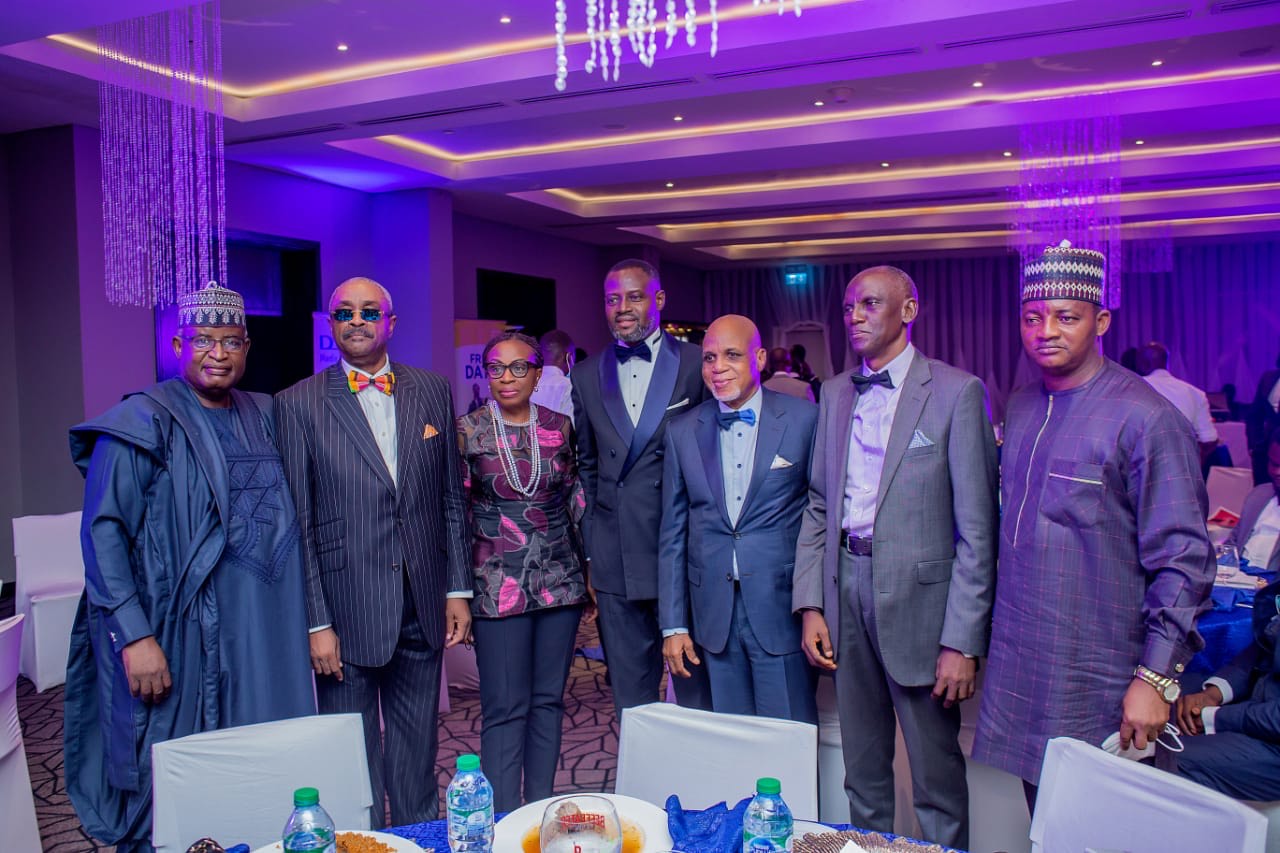By Iquo Ukoh
Marketing executives should be armed with their approved marketing budgets for this year, at least I hope so, and are ready to hit the ground running. Is 2017 going to be any different from 2016? Well yes, for one the US dollars is exchanging for almost 500 naira to a dollar which is a far cry from 2016, therefore increasing costs of media and many other marketing elements. The economic environment continues to be challenging but economist say we can start to be hopeful as we could start to see some recovery from the recession towards the end of the year.
As importation slows down, I believe that manufacturers with very high local raw material content will have great advantage. ‘Proudly Nigeria’ is being embraced by many consumers with interesting opportunities. I visited some stores towards the end of 2016, and many consumable imported items had disappeared from store shelves. Shop owners had to spread the few goods they had left in stock to fill up their shelve spaces. Imported luxury items also gradually disappeared in the shops and the odd chance where they were available, the prices doubled or even tripled. Nigerians have started to adjust their spend, prioritizing in favor of food,housing and education. This scenario of course differs from city to city. In Lagos, you are still likely to witness lavish weddings and some signs of affluence but as you move to semi-urban towns like Ikere Ekiti in Ekiti state or Abak in Akwa Ibom state, the story is different. Consumers out of pocket spend is low. For marketers, this is an indication that one size will not fit all, Lagos is not Nigeria.
The media scene is about to change with digitization of television. Digital media is gaining traction amongst brands.Hitherto conservative brand owners have come to the realization that they have to play where their consumers are. Just as it is for traditional media, careful planning and control is important for digital media. Digital media is not free but it at least it allows you efficiently track your advertising reach and engagement.
It is important to note that many small cottage and home brewed brands are springing up on social media. From food to fashion to cosmetics, the list of new cottage brands is endless. The marketing executive should understand that his/her competitors are not just the big media spenders and should therefore plug all holes. Counterfeiting of products was a major show stopper particularly for players in food and cosmetics sectors.
Here are my top 7 key areas to help you maximise opportunities and remain in business in 2017
1. Media investment and Digitization: Nigeria finally commenced commercial testing of the long awaited digitization of television. It is a welcome relief for marketers because they can finally advertise on television based on verifiable data. The initial reaction of consumers in Abuja where the test has been done is mixed. Some are currently having technical issues with their Set top Box, whilst other are satisfied . This is to be expected. In countries where the switch over from analog to digital takes place, there is usually, first technical issues, a plunge in viewership but these initial bottlenecks soon disappear. Media agencies may be challenged with planning and buying in the first few months due to insufficient viewership data. With these teething problems, advertisers will have to look before they leap in the first 3 months when digitisation goes national about middle of the year.
2. Consumer Insight: This is a subject that should be part of any marketer’s DNA. It is amazing how things have changed for the average consumer in the past 12 months. The recession has caused a shift in consumer spending habit like never before. A friend that runs summer camps activities for kids on Lagos Island where the more affluent live, was overbooked during summer because most parents could not afford to travel abroad on holidays. The marketer should seek to find the shifts in shopping and consumption habits .What is the consumer willing to buy and what quantity per time? What consumer contact touch point is most effective in communicating with him/her.? What are they replacing my product with in their kitchens and bathrooms?
3. Tailored Regional Marketing: Maximization of budgets to get the full benefit of marketing spend is the way to go. It will be expedient to take a look at your distribution and marketing strategy and align efforts in the same direction. Small volume businesses do not have to be distributed nationally.This for me is wasted effort at the start of the business.
4. Marketing versus Sales Spend: The line between sales and marketing in today’s business world appears blurry. The nightmare of any marketer is the decision on where to put the largest budget investment. The dilemma is do brand building without immediate sales return or sell without marketing or have a fusion of the two. The result we expect should reflect on the proportion of investment in any of the investment area. In this period of recession, it is important to balance carefully the spend towards immediate sales generating marketing versus pure marketing with medium to long term sales impact. My recommendation is let your marketing activity generate sales.Your company needs money now.
5. Digital Media: It was battle royal towards the end of last year as brands tried to outdo each other on Social Media. Whilst some continued to brag about number of likes, the more discerning marketers were seeking ways to emotionally connect with their consumers. Social Media Influencers like 1qfoodplatter and others will continue to play a key role in getting your brand to be seen. This is not the year for heavy hard sell brand advertising. The consumer is not fooled; they skip your ads to other contents if you are too overt. Let your brand mean more for the consumers.Connect with them with well thought out strategy and emotional content. Again, strong Consumer Insight will help. Digital media, should continue to compliment effort on conventional media at least that is my view.
6. New Products: Contrary to popular belief, I think this is the time to innovate and launch new products. Difficult times have a way of bringing out the best creative ideas in us. As consumer habits shift, there is a need to fill in the gap to meet those needs. I have witnessed the introduction of several innovative cottage brands like never before in the past two years. The bigger brands can take a cue from the small guys and be bold and daring with new products introductions. Understandably, the fear of the big brands is always that of guaranteed distribution by the existing sales team. The sales team may most not focus their efforts on small volume new products.So you may do well to get an external distribution organisation to accelerate things for you in the short term. Entod Marketing can help in this respec. Start small and wait for the good times to roll in post the recession period, at least you would have taken strong learning to help grow this business.
7. Analytics: The pressure on marketers to provide transparent ROI will continue. Accountability and Measurement will be priority. Numbers and data will need to be tied back to business and marketing objectives. The challenge will be to identify companies that can provide authentic data to work with.
There is cautious optimism that the economy could be heading towards recovery by end 2017 /early 2018. In the mean time it makes prudent business to continue to put on the entrepreneurial cap of a start up. ‘Marketingpreneur’ is the new mindset. in or out of recession.
Iquo Ukoh is the CEO at ENTOD Marketing







Comment
No comments found.